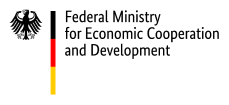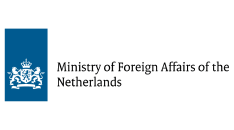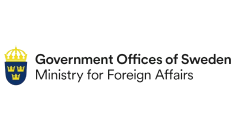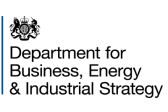Raising and Realizing Climate Ambition in Asia and Africa through Climate Promise
This piece was contributed to the Partnership in Action report by the United Nations Development Programme. It provides country examples of increased adaptation ambition, including efforts to develop, finance and implement adaptation projects.
The United Nations Development Programme (UNDP) has been supporting countries to raise and realise their climate ambition through the Climate Promise. As the world’s largest support initiative for nationally determined contributions (NDCs) under the Paris Agreement, the Climate Promise has supported more than 120 countries and is a major contribution to the NDC Partnership. Meanwhile, UNDP is also engaged in supporting 50 countries to prepare their National Adaptation Plans (NAPs) and to build capacity in risk-informed institutional decision making.
“With the impacts of the climate crisis on nature and people only accelerating, investment in climate-resilient development is needed urgently and at scale. Helping countries to identify their adaptation needs and, crucially, to secure the finance to meet those needs, will continue to be a top priority for UNDP.” — Cassie Flynn, Global Director of Climate Change, UNDP
Bangladesh, Somalia, Côte d’Ivoire and Viet Nam are among the countries that have increased their adaptation ambitions and are progressing from pledge to impact by developing, financing and implementing a pipeline of adaptation projects.
Bangladesh

As one of the most vulnerable countries in the world to climate change, it is critical for Bangladesh to scale up its adaptation action. While the government already allocates around $1 billion annually to adaptation, the World Bank estimates that $5.7 billion annually will be needed by 2050.1
UNDP has an extensive history of working in Bangladesh. At the policy level, UNDP has supported the country’s 2021 updated NDC as well as the development of an NAP (2023-2050) submitted to the UNFCCC in 2023. The implementation of the adaptation ambitions and priorities outlined in the NDC and NAP is now beginning. In collaboration with partners, including the United Nations Capital Development Fund (UNCDF), European Union (EU) and Swedish International Development Cooperation Agency (SIDA), the Local Government Initiatives on Climate Change (LoGIC) project has created a Community Resilience Fund designed to support 200,000 of the most vulnerable households in seven districts. This includes small grants to enable them to undertake proven, incremental and “low-regret” adaptation activities with immediate benefits for their income, food security and well-being.
Somalia

Somalia is highly vulnerable to climate change and suffers from a fragile political system, insecurity and high levels of poverty. UNDP’s Climate Promise has supported Somalia in developing its updated NDC and continues to assist with its first NAP. As part of the development of Somalia’s NAP, UNDP support is ensuring that a system of financial planning will be in place to guide future adaptation investments. Meanwhile, in partnership with the Global Environment Facility, UNDP is supporting resilience building and disaster risk reduction for Somalia’s pastoralists through integrated water resource management.
Côte d’Ivoire
UNDP has also supported Côte d’Ivoire in the revision of its NDC and its NAP development. While the NAP is being finalized, attention has shifted to financing and investing in adaptation priorities. The government is developing a proposal on early warning systems for the Green Climate Fund, analysing the viability of climate index insurance in rice production and advancing flood risk management strategies for the Marahoue region.
Viet Nam

Viet Nam’s vulnerability to climate change is amplified by its geography, including an extensive coastline — stretching over 3,000 kilometres — and a highly productive yet fragile ecosystem in the Mekong Delta. In close collaboration with the Deutsche Gesellschaft für Internationale Zusammenarbeit (GIZ), the World Bank and the NDC Partnership Support Unit, UNDP has supported the Government in preparing a more ambitious NDC in 2022 and has been assisting in the development of its NAP since 2019. These efforts have enabled Viet Nam to identify and prioritize adaptation actions across sectors, including agriculture, public health and urban development across regions, all backed up by a financing strategy.
Recognising the need to mobilise as much as $91.6 billion for adaptation over the 2021-2030 period, Viet Nam is preparing for a new phase of adaptation planning. will prioritise NAP implementation through adaptation main streaming and a financing strategy aimed at strengthening collaboration with the private sector while mobilising greater public funds. This includes maintaining engagement with and scaling up international financing.
These case studies highlight the significant progress that many countries have made in their adaptation journey since submitting their INDCs to the UNFCCC in 2015. With support from UNDP, the NDC Partnership and other partners, many countries have moved from setting adaptation-related goals and identifying areas of focus to submitting NAPs backed up by financing strategies, priority adaptation actions and detailed project costings. Moreover, further adaptation support from UNDP and the NDC Partnership is underway in over a dozen developing countries through the UN Secretary General-led Adaptation Pipeline Accelerator initiative, aimed at turning adaptation priorities into investment plans and pipelines of investable projects. However, continued support will be required to enable countries to raise the finance and investment needed to implement their NDC and NAP priority adaptation actions.







